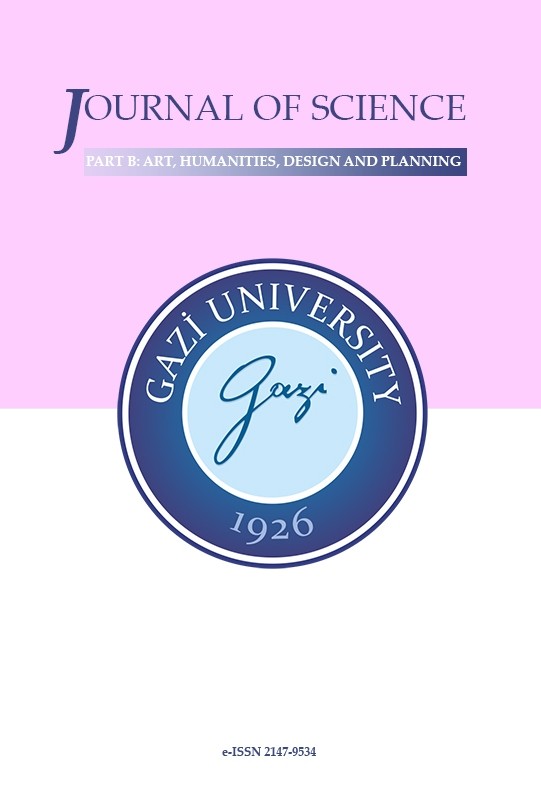TYPOLOGICAL CLASSIFICATION OF CHURCHES CONSTRUCTED DURING POST-BYZANTINE PERIOD IN ALBANIA
TYPOLOGICAL CLASSIFICATION OF CHURCHES CONSTRUCTED DURING POST-BYZANTINE PERIOD IN ALBANIA
Monumental historical structures are symbols of the cultural identity and continuity and they are the main part of the heritage and the human history. They should be preserved in their own settings with their original characteristics or with as minimum changes as possible. On the other hand, natural or man-made hazards cause a serious risk for the survival of them. They are the major points for the continuity of history. In order to conserve these buildings in their original situation and develop suitable restoration projects without neglecting any of the cultural values, it is vital to determine the current conditions of these structures. The knowledge of existing buildings is approached by considering different levels of analyses; historical, materials, typological classification and documentation, observed damage levels, effectiveness of retrofitting techniques, ..etc. In order to learn the values that we hold and the existing conditions of these buildings, the inventory of the whole masonry churches constructed during Post-Byzantine period in Albania should be documented. Preserving and strengthening programs could be done on the basis of this documentation and conservation strategies could be developed according to them. From this point of view, this paper aims to make the classification of the churches in Albania built in post-Byzantine period based on the plan and spatial composition of these structures and outline the features in terms of architectural, structural, functional and components’ features.
___
- [1] Roca, P., Recommendation for the analysis and, conservation and structural restoration of Architectural Heritage, Antalya, Turkey, September 17-21, 2007.
- [2] Unay, A., I., Structural Wisdom of Architectural Heritage, Int. Cong. Organized by UNESCO and COMOS, More than two thousand years in the history of Architecture, Bethlchem, 22-25 January, 2001.
- [3] Binda, L., Penazzi, D., and Saisi, A., Historic masonry buildings; necessity of a classification of structures and masonries for the adequate choice of analytical models, 6th Int. Symp. Computing Methods in Structural Masonry, Roma, September, 2003, pg 168-173.
- [4] Sener,I.N., An Innovative Methodology And Structural Analysis For Relocation Of Historical Masonry Monuments: A Case Study In Hasankeyf, Msc Thesis, Middle East Technical University, 167 Pages, 2004, Turkey.
- [5] Bayraktar, A., Keypour, H., Fahjan, Y., Arun, G., Historical Monuments And Their Foundations, International Symposium Studies on Historical Heritage, 17-21 Sept. 2007, Yıldız Technical University, Istanbul, TURKEY.
- [6] Demaj, A., Structural Analysis of Post Byzantine Churches: A case Study for Southern Albania. Micro Thesis, Epoka University, 50 pages, 2011, Tirana, Albania.
- [7] Gulkan, P., and Wasti, S., T., Seismic Assessment and rehabilitation of historic structures, Structural Longevity, (2); 111-134.
- [8] Thomo, Pirro, Kishat Pasbizantine në Shqipërinë e Jugut,: s.n., 324 pages, 1998, Tiranë, Albania.
- [9] Bartoli G., Blasi C., Masonry Structures, Historical Buildings and Monuments. In: Advances in Earthquake Engineering (Volume 3), Computer Analysis and Design of Earthquake Resistant Structures. (Beskos, D. E., Anopnostopoulos, S. A.,- eds) Computational Mechanics Publications, I- 50139, Southampton UK, Boston USA, 1997.
- [10] Bilgin, H., “Mimar Sinan Yapılarında Kubbeli Örtü Sistemlerinin Yapısal Analizi”, J. Fac. Eng. Arch. Selcuk Univ, 21.3-4, 2006.
- Yayın Aralığı: Yılda 4 Sayı
- Başlangıç: 2013
- Yayıncı: Gazi Üniversitesi
Sayıdaki Diğer Makaleler
TYPOLOGICAL CLASSIFICATION OF CHURCHES CONSTRUCTED DURING POST-BYZANTINE PERIOD IN ALBANIA
